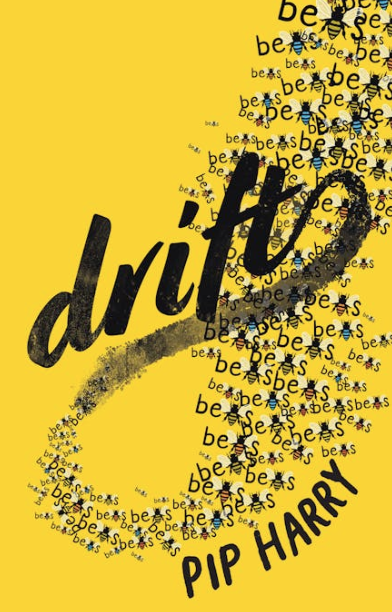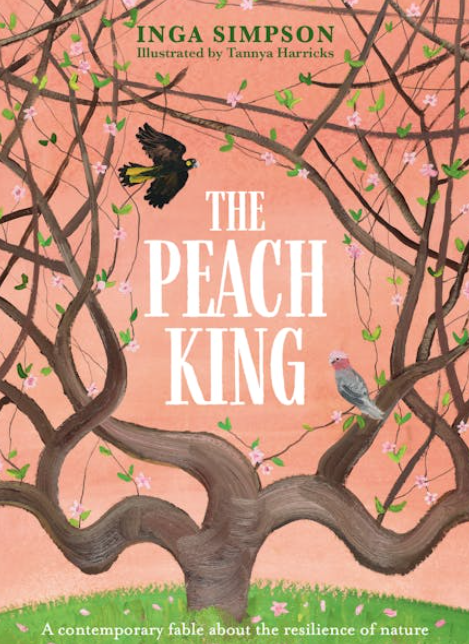Book reviews
Book reviews
Lothian Children’s Books
By on
Book title: If We Were Dogs by Sophie Blackall

Reviewer: Cathy Stirling
If We Were Dogs is a playful and emotionally rich picture book that celebrates friendship and imagination. This book is perfect for children aged 3-8, as well as any grown up or older reader who is sharing the story with them.
Told mainly through the voice of a bold, expressive child who imagines a world where they lead and their friend follows. But while the words race ahead, the illustrations beautifully unfold to reveal the other friend’s perspective. This visual narrative encourages the reader to slow down, to notice the subtle signs of different rhythms. The story gradually shifts when the friend finds their voice.
This is a story about friendship and love and how imagination expands when everyone gets to shape the story.
Loved reading about If We Were Dogs? Imagine the impact of helping a child discover their first favourite book.
By supporting Booktober, you’re helping the next generation in Western Sydney and regional NSW find their voice - and maybe even write the books you’ll be reading in the future.
Donate today at booktober.org.au/donate
Or Support a Bookworm like Cathy at booktober.org.au/users/cathy-stirling
Reviewer’s bio:

Cathy Stirling is an emerging writer who believes in storytelling as a force for social change. Her work explores what’s often left unsaid. Cathy’s stories are honest, messy and rarely follow the hero’s arc.
Book title: Drift by Pip Harry

Reviewer: Mersija Ilic
When I opened the first page of Drift – I fell in love with it! I had never read a verse novel, and I found that its structure, its characters and its themes kept me engaged from start to finish.
It’s a beautifully crafted novel whose central characters Nate and Luna tell the story from a first person POV with alternating chapters. The layout of the sentences and the clever way that this is done to have maximum impact is what I think makes the book inviting to even the most reluctant of readers.
Nate is a teenage boy who has moved back to Australia from Singapore. He has moved into a dilapidated house on the Northern Beaches with his mother who has a chronic health issue and is awaiting surgery. His dad has had to stay back in Singapore to finish up work so Nate has had to take on responsibilities in caring for his mum which he wouldn’t have to do if his father had come back with them. Very soon, Nate and his mum, who he calls by her first name, realise that a swarm of bees has also decided to make this house their home. Do they call pest control and have the bees killed or do they find a beekeeper to move the hive? Nate’s mum agrees to call the beekeeper but is adamant that if they cannot resolve the situation, pest control will have to be called.
And it is this dual approach to resolving a situation like this that I really appreciated. Through this dilemma and through Nates persistence to save the bees, the author exposes the reader to the complexity of the environmental issues surrounding bee preservation and the importance of compassion for all living creatures. Nate is a shy young man, but he strikes up a friendship with the girl next door, Luna, who is going through her own issues at school. She is dealing with cyber bullying after a video of her went viral and the way the author unpacks the aftermath of this event from several different angles and provides the reader with a thorough understanding of the impact that something like this can have on children and their families is something so relevant and important in today’s world.
In the end, Luna and Nate manage to overcome their own personal issues and resolve the bee problem with the help of a local beekeeper Tyler. Even though the story is set in Sydney’s northern beaches and the lifestyle may be very different to the lifestyle of teens growing up in many other parts of Sydney, the themes in the novel are universal. It tackles issues surrounding mental health, self-harm and seeking help, something that is so important to talk about. It also deals with betrayal, family separation, homelessness and the importance of rising to the occasion and doing what you can for the people you love.
I think it is an excellent portrayal of life, relationships and teen issues set against the backdrop of contemporary Australia and would highly recommend it to teens, their parents and their teachers.
Loved reading about Drift? Imagine the impact of helping a child discover their first favourite book.
By supporting Booktober, you’re helping the next generation in Western Sydney and regional NSW find their voice - and maybe even write the books you’ll be reading in the future.
Donate today at booktober.org.au/donate
Or Support a Bookworm like Mersija at booktober.org.au/users/mersija-ilic
Reviewer’s bio:

Mersija Ilic is an emerging memoir writer based in Campbelltown. Her work explores the issues faced by women when confronted with domestic violence, lack of education, poverty and fear. She believes that the power to survive and to create a better world lies in the sharing of these stories.
Book title: The Peach King by Inga Simpson, Tannya Harricks

Reviewer: C. R. Masters
Inga Simpson’s The Peach King, illustrated by Tannya Harricks, follows the trials of a little peach tree as it grows and matures in the Australian landscape. This contemporary fable explores the resilience of both nature and people, highlighting the endurance of the Australian environment in the face of devastating hardship.
While Simpson’s story first appeared as a fairytale in her debut novel Mr Wigg, The Peach King was largely inspired by the 2019–2020 Black Summer fires. These fires devastated the South Coast of New South Wales. In the author’s note, we learn that while many people were evacuated, those who stayed behind endured days without power. During this time, Simpson was able to purchase basic provisions and a tray of Araluen peaches from the one operating supermarket. It was these peaches—their sweetness and vitality amidst destruction—that inspired this picture book.
Harricks’s illustrations draw from both the hues of the peach and the Australian landscape itself–their intense orange and pink flesh tied to the summer and the fire. The artwork is intentionally unrefined, with visible brushstrokes that create a sense of movement, depth, and texture. The pages shift between expansive orchard scenes and intimate close-ups of delicate blossoms. Bright, vibrant colours contrast with deep reds and oranges, foreshadowing the approaching disaster.
The little peach tree grows through the warmth of summer, endures the chill of autumn and winter, and faces the arid heat once more, all the while admiring the Peach King whose branches are twined into the shape of a crown. With the help of the Peach King, the little peach tree and the other trees in the orchard stand defiantly against insects, drought, and the raging bushfire. Ultimately, the Peach King perishes in the inferno, and the little peach tree flourishes—resilient and steadfast against the forces that would destroy him, his own branches growing into a crown as he steps into the caretaker role.
The symbolism is highly effective. The language is clear without being challenging, and Simpson’s syntax simple enough to encourage developing readers to engage with the story. The seriousness of the fires is explored without frightening younger readers. This picture book is versatile–ideal for reading with children and a valuable resource for educators exploring visual storytelling, environmental change, natural disasters, and the theme of resilience.
In a way, the tree becomes a symbol for all Australians: those who have faced the fires, those who have survived, those who have lost their homes, and those who rebuild to face another day. The Peach King celebrates our shared strength and spirit, reminding readers that there is more to life than survival and more to survival than recovery. The message is profound in its simplicity. The persistence of the little peach tree mirrors the tenacity of Australian communities coming together after disasters to rebuild and find meaning and beauty once again in the damaged landscape. This is sure to become an Australian classic.
Loved reading about The Peach King? Imagine the impact of helping a child discover their first favourite book.
By supporting Booktober, you’re helping the next generation in Western Sydney and regional NSW find their voice - and maybe even write the books you’ll be reading in the future.
Donate today at booktober.org.au/donate
Or Support a Bookworm like C. R. Masters at booktober.org.au/users/christine-masterfield
Reviewer’s bio:

C. R. Masters has lived and worked in South-Western Sydney her entire life, and her deep connection to the region continues to shape much of her writing. After taking time away from creative work to raise her children, she has recently returned to writing with renewed passion and focus. Her work spans a wide variety of genres, from speculative fiction to literary realism, and she has more recently begun composing pieces that explore themes of memory, place, and identity.
Her writing has received recognition at both local and national levels. She was highly commended in her Local Government Area for her entries in the 2022 and 2023 WestWords Living Stories competitions, where she wrote about her experiences of growing up in housing commission. In 2022, she was also longlisted for the prestigious Hachette Australia Richell Prize with a science-fiction manuscript, marking an important milestone in her writing journey.
In 2024, she became a member of the WestWords Academy, further developing her craft and connecting with other writers in Western Sydney. She is also the convenor of the Campbelltown Writers Group, where she fosters a supportive community for local and emerging writers, helping others to find and share their voices.